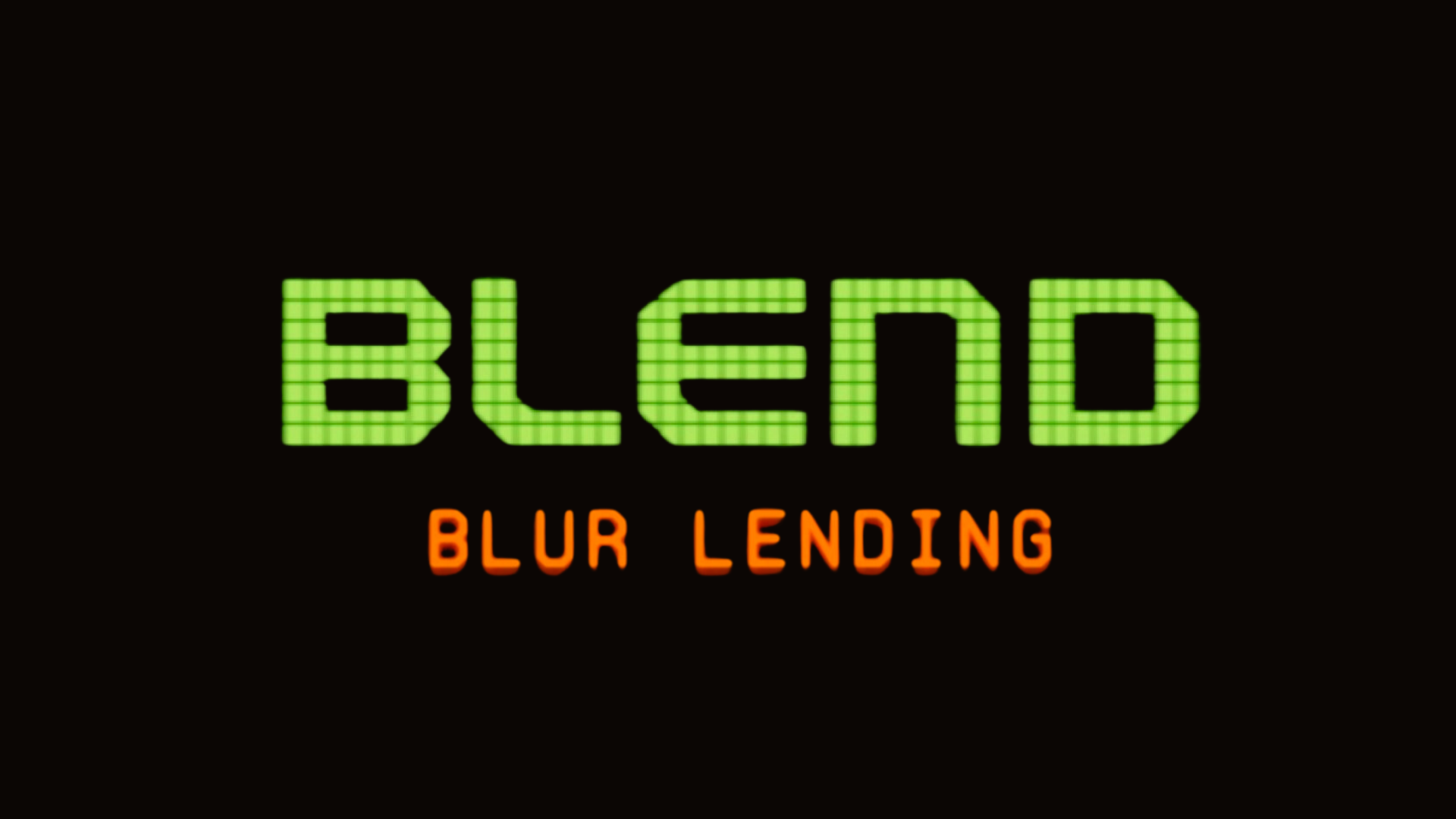Blur quickly gained recognition in the NFT sector, and its lending protocol, Blend, seems to be following suit. Blend’s popularity has skyrocketed since its launch in May, eclipsing its competitors and also dramatically increasing the overall volume of NFT loans.
According to data from DappRadar, Blend secured 169,900 ETH ($308 million) in trading volume in just 22 days. The trading volume across all NFT lending platforms? It reached about $375 million, meaning that Blend secured a staggering 82 percent of the lending volume across all NFT lending protocols in less than a month.
What’s more, Blend’s market share is likely to increase as its offering continues to expand. Currently, it supports loans backed by four NFT collections: Miladys, Azukis, DeGods, and wrapped versions of CryptoPunks. However, Blur recently announced it would be launching lending for Clone X, and other projects are expected to be added in the near future.
1/
BLEND ANNOUNCEMENT
Blur Lending (Blend) support will be live shortly for Clone X. pic.twitter.com/oN2HR5hVTL
— Blur (@blur_io) May 25, 2023
Blend’s emergence in the NFT lending market follows Blur’s earlier success. According to analytics from Delphi Digital, Blur secured 53% of the NFT marketplace market share just a few months after its launch, quickly surpassing OpenSea to become the market leader. This was largely driven by Blur’s native token airdrop in Q1 2023, which resulted in a significant increase in Ethereum’s NFT trading volumes.
Despite Blend’s impressive market dominance, the practice of using NFTs as collateral for loans is not without its risks.
What to know
With Blend, Borrowers pledge their NFTs as security for a loan, establish the conditions of the loan, and are given Ethereum from a lender while the NFT remains as collateral.
While it seems like a dream come true to be able to purchase blue-chip NFTs — or other items — without having the necessary funds upfront, many have already experienced the downsides of such practices. For example, what happens when floor prices suddenly drop?
A situation like this happened in 2022, when Bored Ape Yacht Club (BAYC) NFT prices dropped by 80% in six weeks. Those who had over-leveraged themselves by using their Apes as collateral for loans faced margin calls, a situation where lenders request additional collateral to compensate for the decreased value of the asset.
But despite the risks, Blur shows no signs of slowing down. The company announced a new feature on May 24 that will allow users to “extend [their] loans by paying down as little as 0.1 ETH instead of repaying the full amount at once.”
1/
FEATURE ANNOUNCEMENT
You can now borrow ETH and pay back your loan in small increments over time instead of all at once.
This works for NFTs bought with BNPL and NFTs you borrow directly with. pic.twitter.com/GtUzAzDBwp
— Blur (@blur_io) May 24, 2023
This strategic move is not only likely to retain existing users but also to continue to attract new participants to the platform. However, while Blend’s rapid ascension in the NFT lending market is undoubtedly impressive, it is important for participants to understand and navigate the inherent risks involved in using NFTs as collateral for loans.
Editor’s note: This article was written by an nft now staff member in collaboration with OpenAI’s GPT-4.
Credit: Source link













































